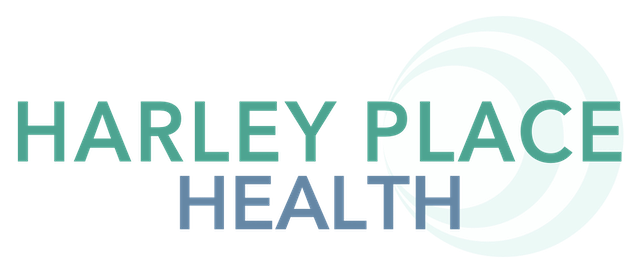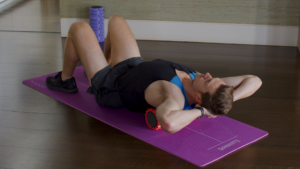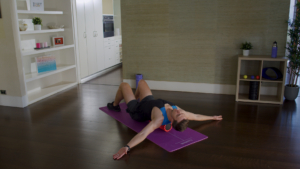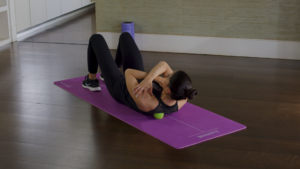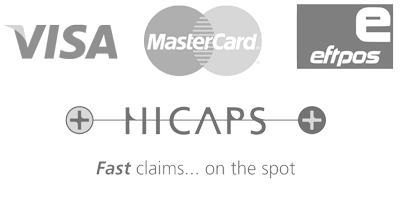“Upper Crossed Syndrome”, “Postural Strain”, or “Excessive Kyphosis”
These are all different names for what are essentially quite similar problems. And they’re not just similar problems, they’re incredibly common problems, especially in this age of desk work, laptops and smartphones.
The presentation of someone with Upper Crossed Syndrome (UCS), according to MedicalNewsToday.com (https://www.medicalnewstoday.com/articles/318897) is
“the back muscles of the neck and shoulders (upper trapezius, and levator scapula) become extremely overactive and strained. The muscles in the front of the chest (the major and minor pectoralis muscles) become shortened and tight.
As a result of these overactive muscles, the surrounding counter muscles become underused and weakened. In upper crossed syndrome, this causes weak muscles in the front of the neck (cervical flexor muscles) and in the lower shoulders (rhomboid and lower trapezius muscles).”
It often begins with slumping in the upper back, which is related to prolonged sitting. Prolonged sitting causes fatigue in the upper back muscles, causing them to tighten up and your leading to slumping in the thoracic spine.
As the spine slumps forwards, the shoulders become rounded, leading to tightness in the chest muscles like pec major. And then you get deactivation of important postural muscles like rhomboids and neck flexors.
So the approach to address this issue needs to include a bit of both turning off the tight muscles (using a combination of self myofascial release and stretching as pictured below), and strengthening the weak muscles. Strength exercises would be something like a seated row, where you pull your shoulders blades back together using your rhomboids and lower traps.
You also want to be mindful of what might be causing UCS in the first place; if it’s something like prolonged sitting you should look at your ergonomic setup and take regular breaks where you stand up and move around.
As you can see from the pictures below, both a foam roller and a lacrosse or spiky ball will be helpful in releasing tight muscles in the upper back and shoulder region.
